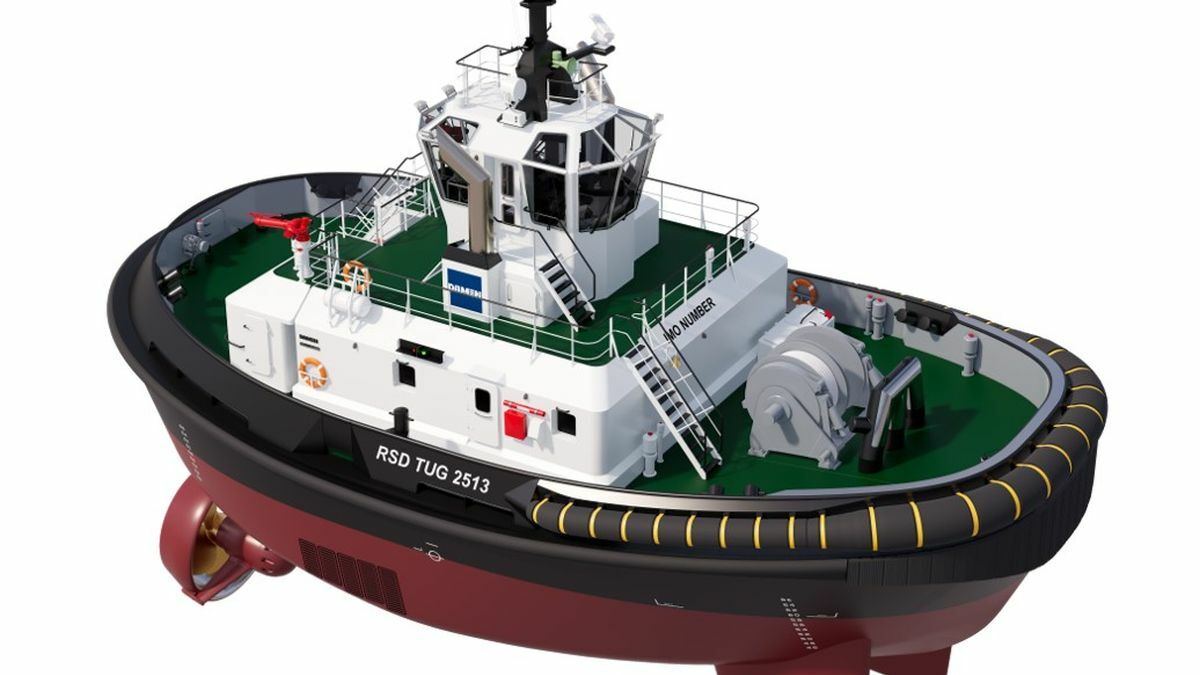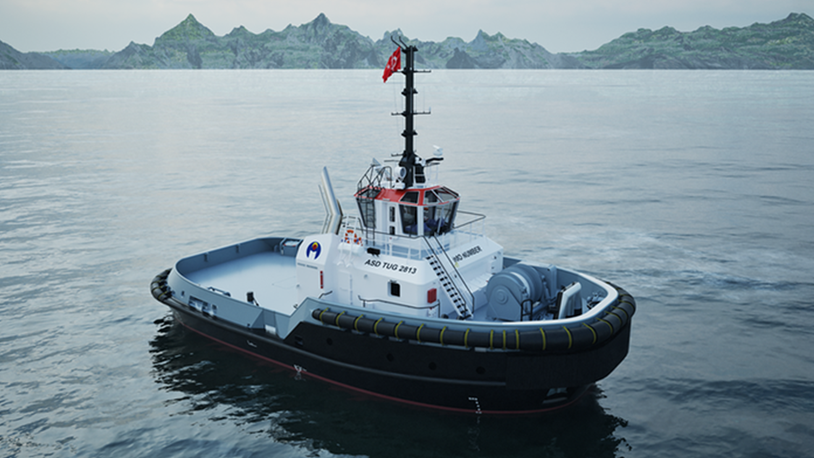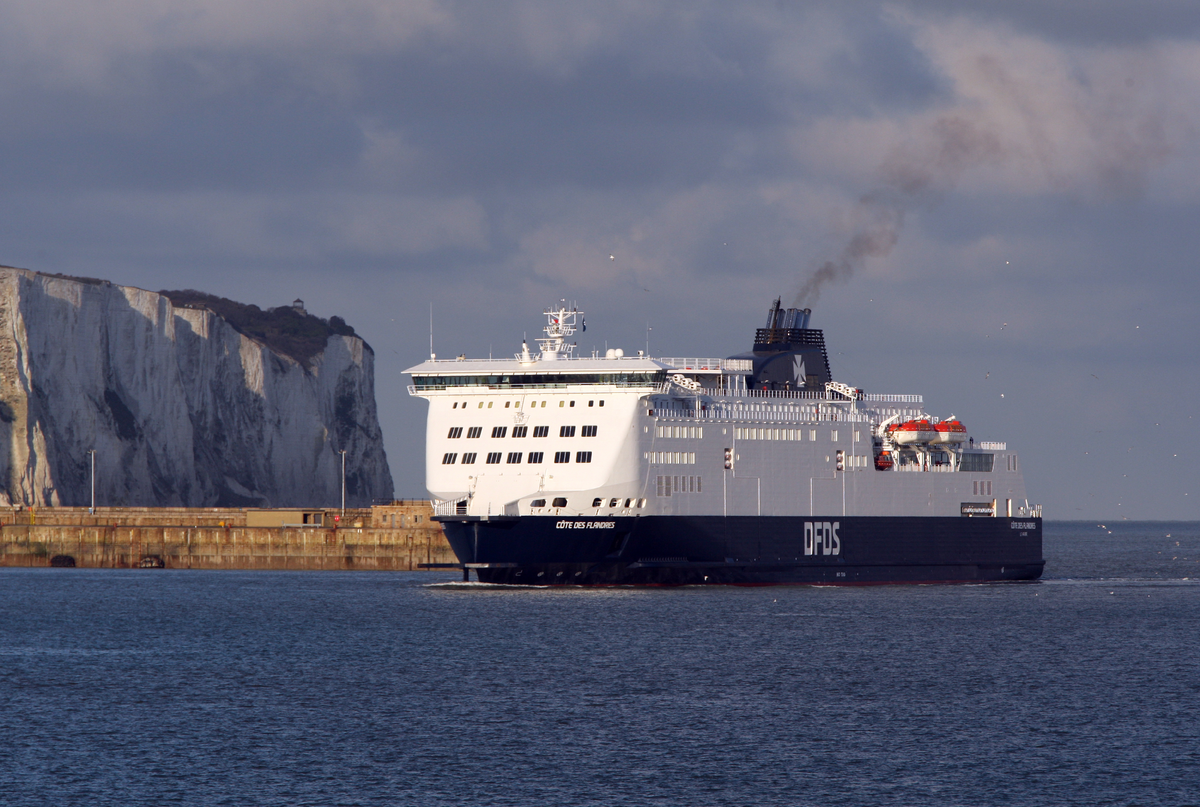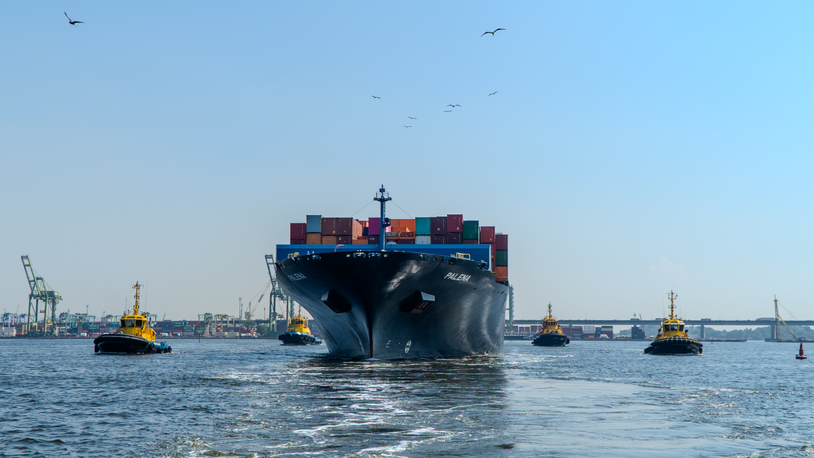Business Sectors
Events
Contents
Business case for all-electric-powered tugs
Tugboats with batteries, powered from shore, would be emissions-free for terminal and harbour operations
All-electric tugboats would be commercially viable for terminal-support operations because of reductions in fuel consumption, emissions and maintenance.
There is a business case for tugs powered by batteries and shore power despite costing twice the price of conventional tugboats to build.
This was a key takeaway from Damen Shipyards product manager for tugs Erik van Schaik’s presentation during Riviera Maritime Media’s Hybrid and electric tug viability: the future’s bright webinar* on 3 September. This was part of Tug Technology Webinar Week, which had started with a presentation by Navtek Naval Technologies highlighting operations with industry-first all-electric powered tug Gisas Power in Turkey.
Damen started building its first all-electric powered harbour tug for Port of Auckland, New Zealand, this year at the Song Cam Shipyard in Vietnam.
This is based on a reverse stern drive (RSD) 2513 design with batteries driving a pair of electric-driven Kongsberg US255 azimuth thrusters. This tug, to be named Sparky, is expected to have 70 tonnes of bollard pull when it is delivered in 2021.
Sparky will have total power of 3,800 kW, a top speed of 12 knots, an overall length of 24.7 m and beam of 13.1 m.
Mr van Schaik highlighted this example as evidence of how electric-driven tugs have a future in harbour and terminal operations. “The all-electric tug business case can be better than for a hybrid with batteries,” he said. “It is important to look at the project case by case.” This is determined by the location, operating profile, annual running hours, sea and weather conditions, availability of power, transit between quay and work point, bollard-pull requirements and emission-reduction needs.
“There could be much variation with operating profiles and configurations,” said Mr van Schaik. “Everyone is looking to achieve maximum fuel reduction and emissions reductions and minimum rises in costs – and this is what we are trying to achieve,” he said.
Another determining factor is availability of shore power. If tug batteries can be recharged from the quayside then there is less need for generators or engines. But, tugs should still have a back-up to the batteries. “Port of Auckland wants generators as a back-up for when shore power is not available – to charge the batteries with generators and continue with operations,” Mr van Schaik said.
Port of Auckland intends to use electric power as much as possible to minimise emissions and fuel consumption and reduce maintenance, balancing the higher capital expenditure.
“The total cost of ownership can be equalised between going fully electric and hybrid systems over the tug’s lifetime,” he said.
Batteries could last the lifetime of the tug as they can last 15,000 cycles and take just two hours to recharge. “They can do two or three operations a day with one charge,” said Mr van Schaik. “Even in a busy port, batteries would go 30 years, lasting the lifetime of the tug.”
Although electric tugs cost twice as much to build than diesel-propulsion tugs, they have 50% lower maintenance costs and zero fuel or urea costs, and have no NOx, SOx, CO2 or particulate matter emissions.
“As ports set goals for zero emissions in the future, there will be opportunities for electric propulsion tugs,” said Mr van Schaik.
Damen all-electric timeline
2018: Feasibility study on full electric tug
2019: Concept design RSD-E Tug 2513
2019: Order for first full-electric tug for Port of Auckland
2020: Start construction
2021: Delivery of fully electric ship-handling tug
Tug propulsion concept cost comparison and emissions
|
|
Diesel |
Diesel + SCR |
Battery hybrid + SCR |
Electric |
|
Capex |
100% |
105% |
140% |
200% |
|
Fuel/urea costs (IMO Tier III) |
100% |
100% |
85% |
0% |
|
Electricity costs |
0% |
0% |
15% |
100% |
|
Maintenance costs |
100% |
100% |
75% |
50% |
|
CO2 |
100% |
100% |
85% |
0% |
|
NOx |
100% |
20% |
15% |
0% |
|
Particulate matter |
100% |
100% |
85% |
0% |
|
(source: Damen) |
|
|
|
|
*View this webinar via the Riviera’s webinar library
Hybrid and electric propulsion will be discussed in depth during Riviera’s Maritime Hybrid & Electric, Europe, Virtual Conference, 9-11 December
Related to this Story
Events
Maritime Environmental Protection Webinar Week
Cyber & Vessel Security Webinar Week
The illusion of safety: what we're getting wrong about crews, tech, and fatigue
Responsible Ship Recycling Forum 2025
© 2024 Riviera Maritime Media Ltd.














